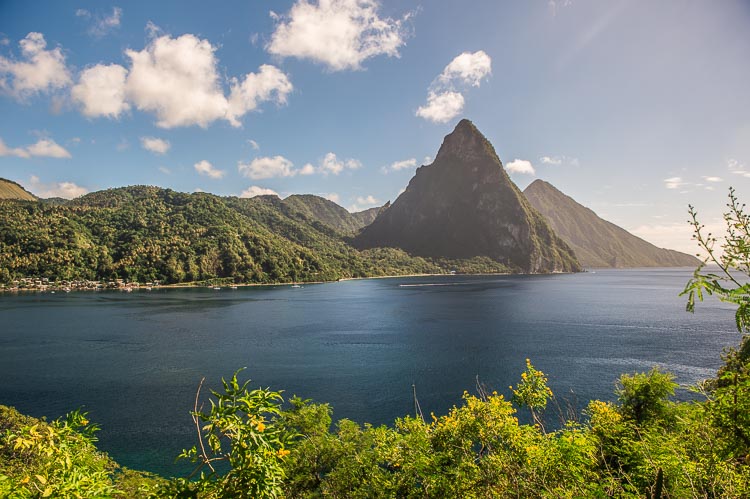
St. Lucia is one of the greenest and lushest areas in the Caribbean. Most of the island is mountainous. The twin volcanic peaks, Petit Piton and Gros Piton, probably the most photographed mountains in the Caribbean, are on the south western side of the island.
As in most of the Windward Islands, St. Lucia was originally inhabited by the Arawak, who were driven out by the Caribs before the arrival of Europeans. The Carib warriors prevented any permanent settlement of the island until the mid-1600s, when French colonists established themselves there.
Like many other Caribbean islands, St. Lucia became a political ping-pong ball, bouncing back and forth between France and England, as many as 14 times. This is the reason for St. Lucia having strong cultural influences from both countries. In 1814 France ceded it to England and it remained an English colony until the 1970s.
St. Lucia gained its independence from England in 1979 and is now a member of the British Commonwealth. The major businesses are agriculture (primarily bananas) and tourism. The country also has some industry, including the manufacturing of clothing and toys.
